Immersion Cooling Effect on Heat sinks’ Performance CFD Simulation
$60.00 Student Discount
- This project simulates the effect of immersion cooling on heat sinks’ performance in ANSYS Fluent software.
- The 3D model is designed using the Spaceclaim, then meshed using ANSYS Meshing producing 85,000 cells.
- The k-epsilon RNG turbulence model is employed to accurately predict flow patterns.
To Order Your Project or benefit from a CFD consultation, contact our experts via email ([email protected]), online support tab, or WhatsApp at +44 7443 197273.
There are some Free Products to check our service quality.
If you want the training video in another language instead of English, ask it via [email protected] after you buy the product.
Description
Description
In this project, we want to study the effect of immersion cooling on heat sinks’ performance in ANSYS Fluent software. In these systems, chipsets are drenched in water or any conductive liquid instead of air. In the present problem, water is the working fluid in our immersion cooling system.
The 3D model is designed using the Spaceclaim. A rectangular case in which chipsets are installed on the side wall. Then, a structured mesh grid is performed using ANSYS Meshing software (85000 cells).
Methodology
Firstly, to solve the energy equation, we must activate it. Plus, the k-epsilon RNG turbulence model is employed to accurately predict flow patterns during the motion. Next, a 100 w/m2 heat flux is applied to all 9 chipsets, which can drastically increase the temperature. This is why we are aiming to use an immersion cooling system.
Results
After the solution, 2D and 3D contours were displayed. It is worth mentioning that the inlet velocity for air and water is the same (0.1m/s). However, the flow patterns are entirely different. As shown in the attached figures, the air can reach higher parts of the case before leaving through the outlet, resulting in longer contact with hot surfaces. This can be beneficial and all 9 chipsets experience a temperature downfall. However, the water circulation is different, and it cannot make full contact with all 9 chipsets, just the bottom row. Still, the results show that using an immersion cooling system is more efficient. To sum up, the heat sink`s surface average temperature reaches 335.26K, which can cause damage, but considering the immersion system, it results in 283.53K. Remember that the initial temperature of air and water was 283K in both cases.
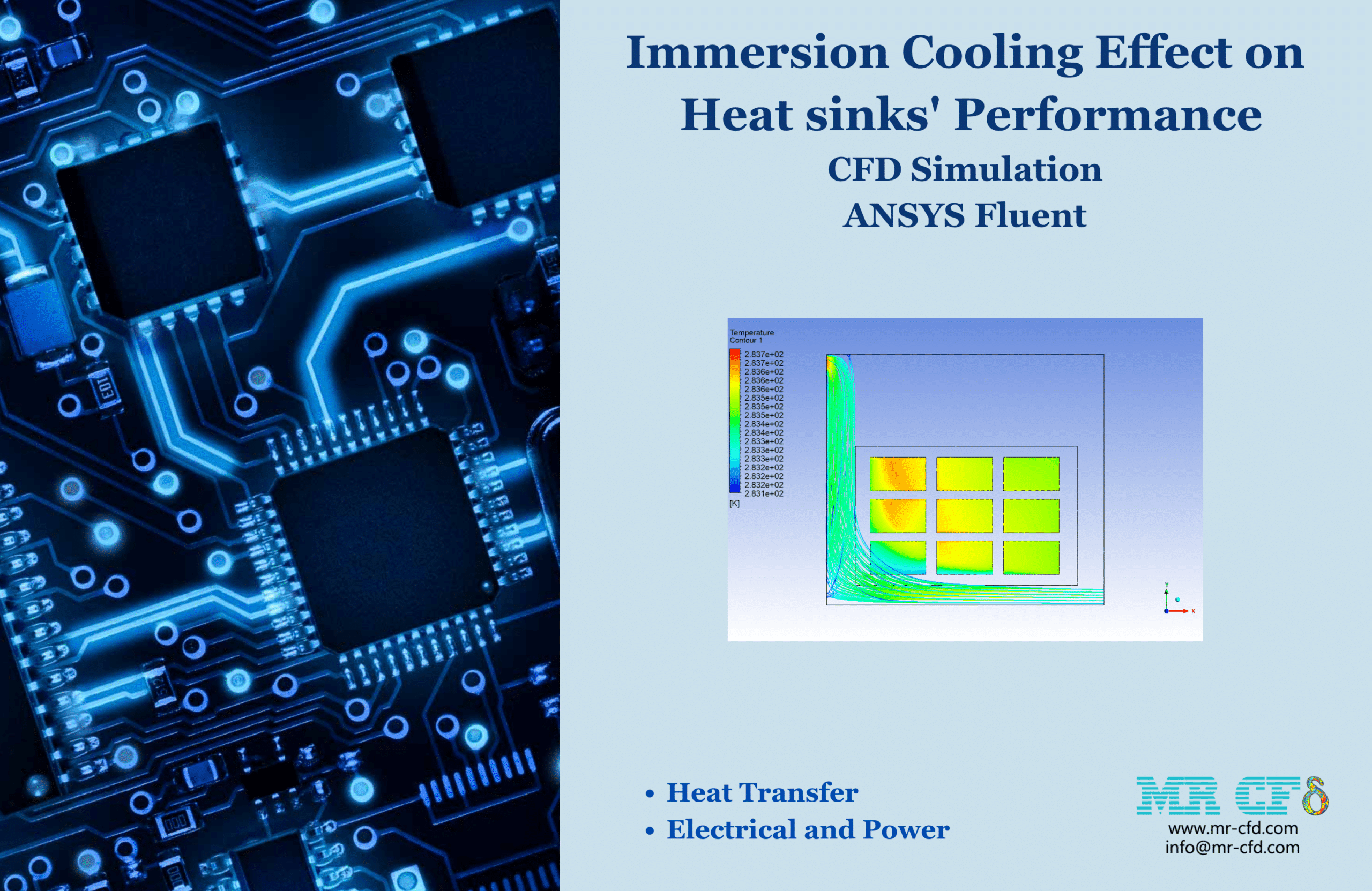
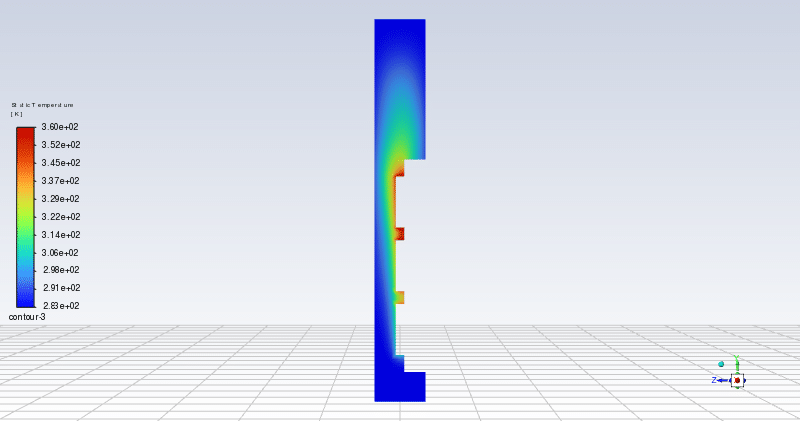
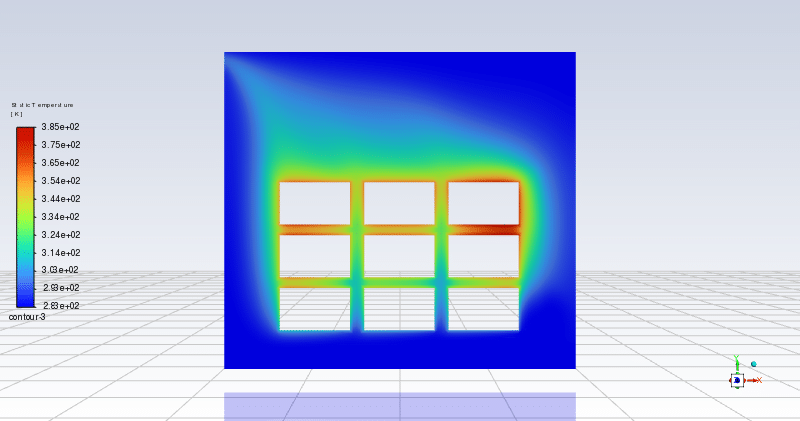
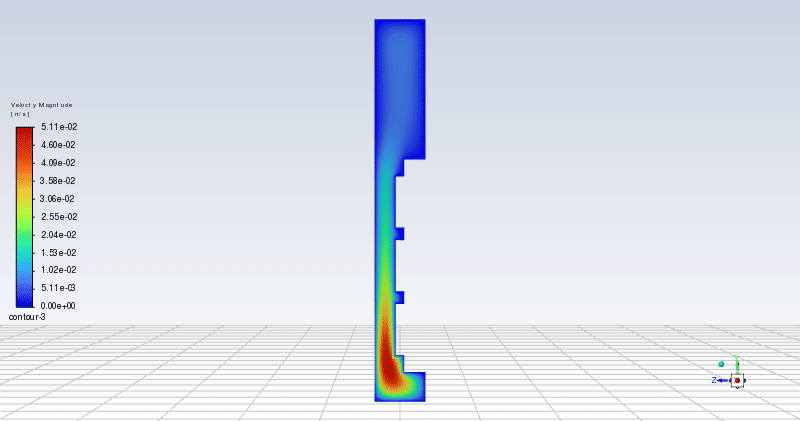
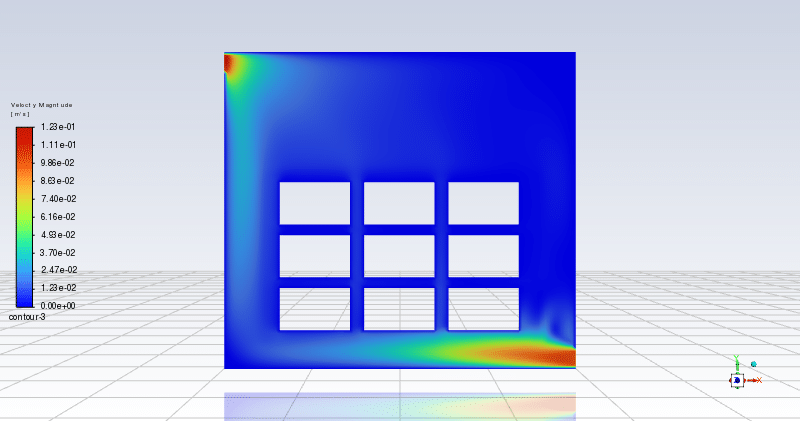
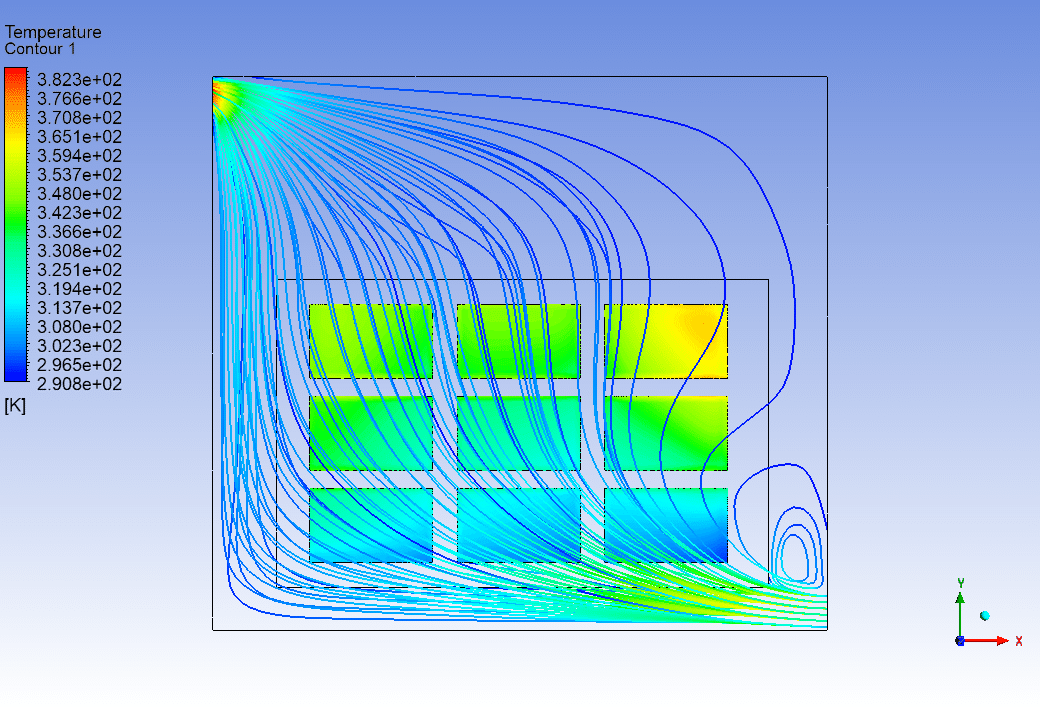
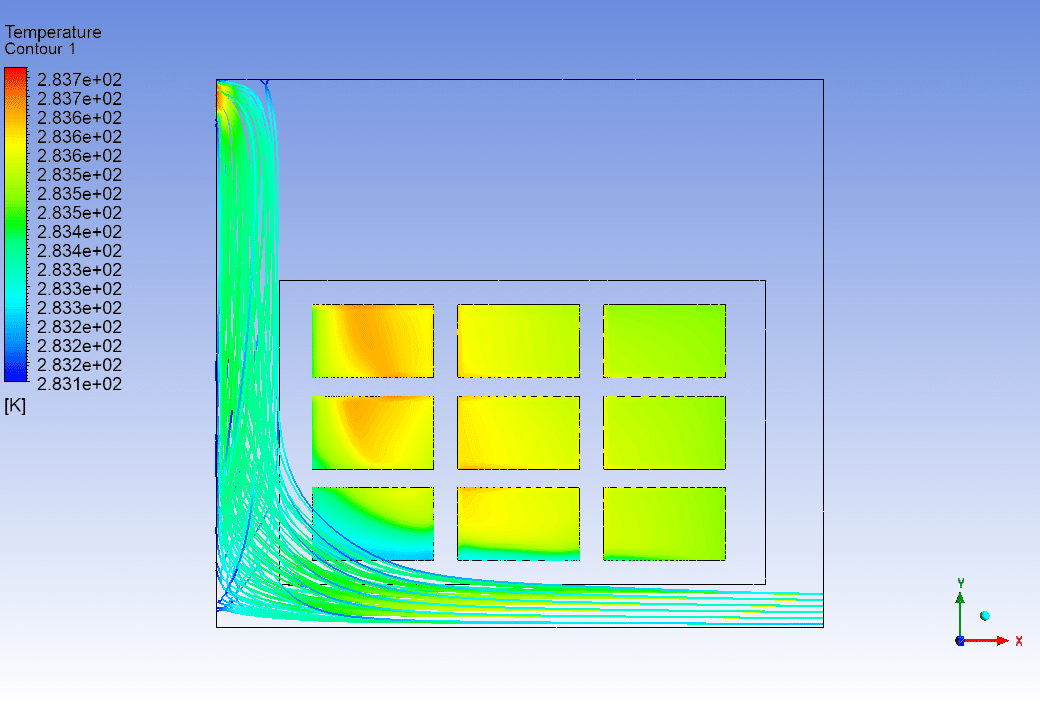
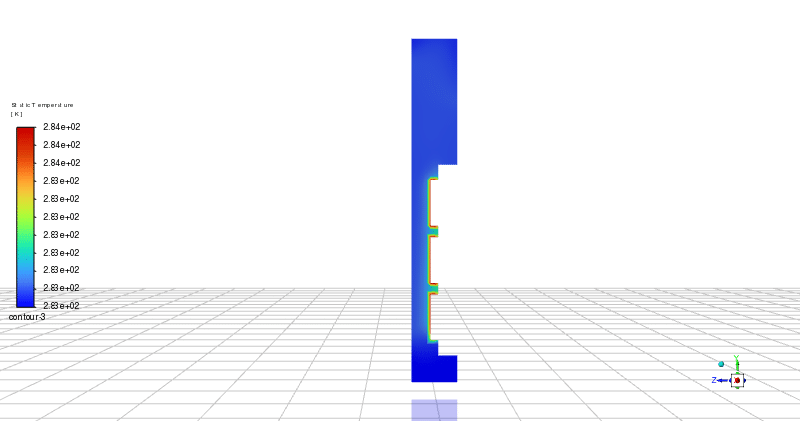
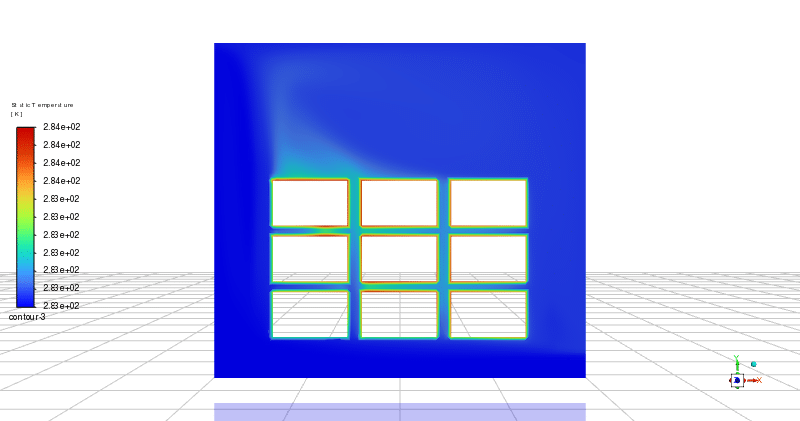
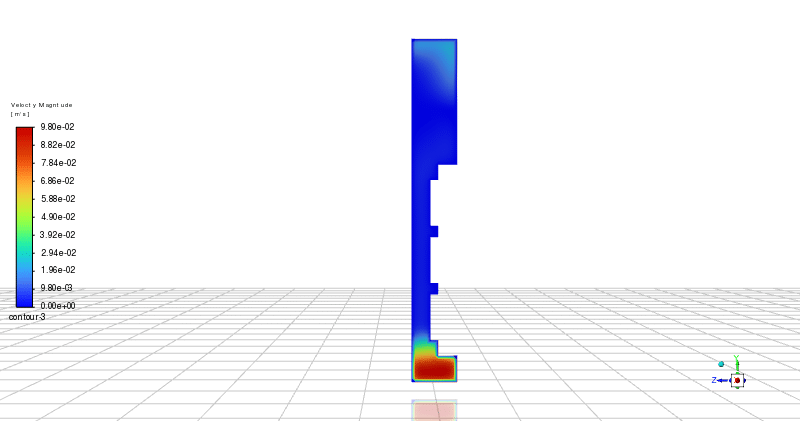
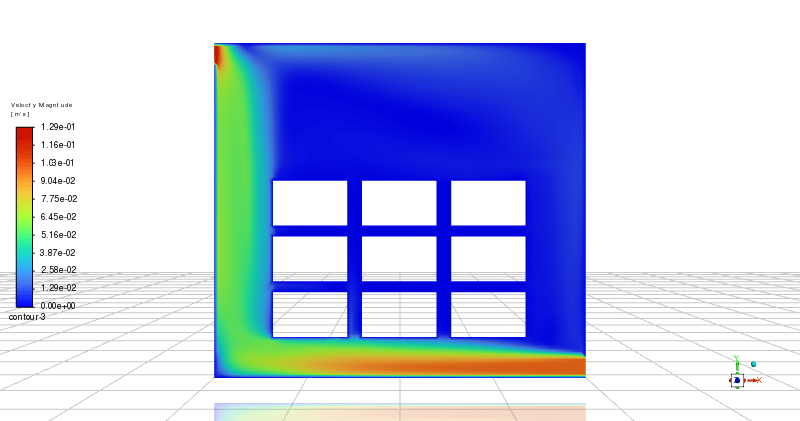
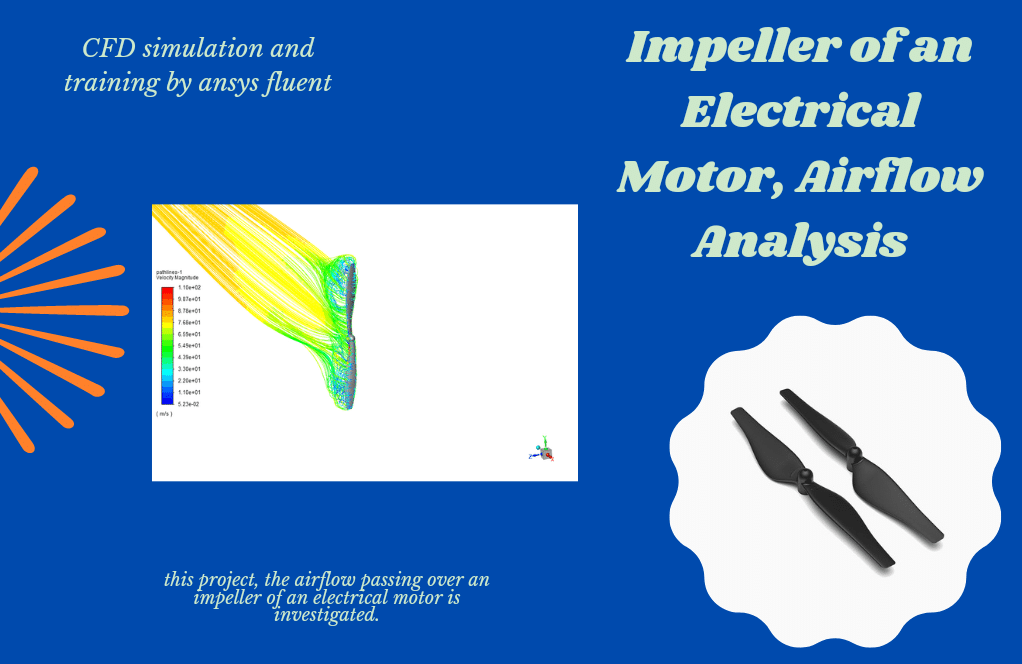
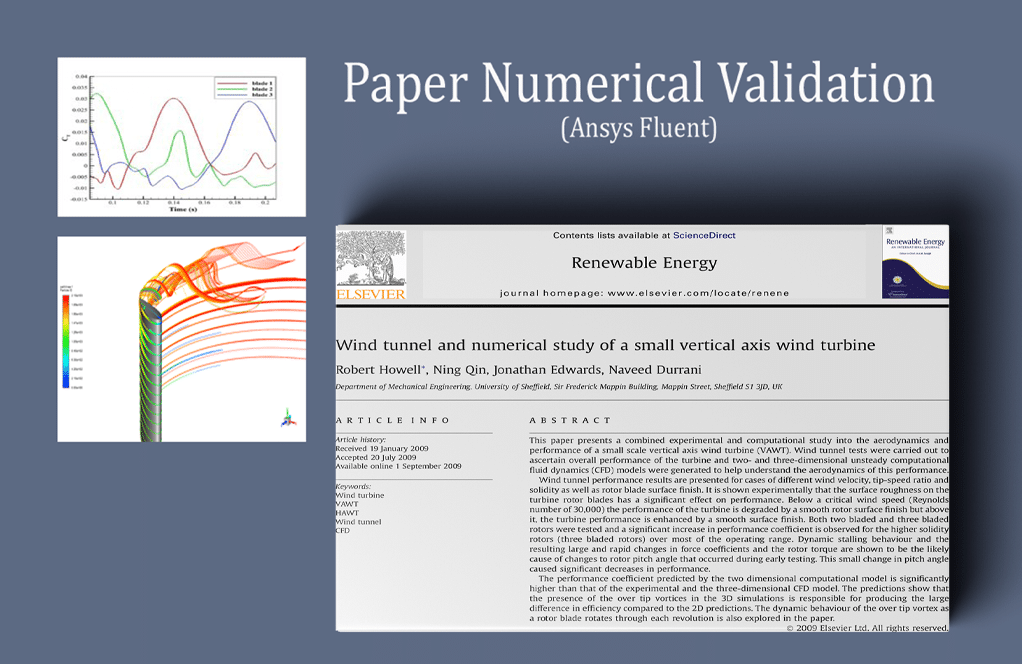
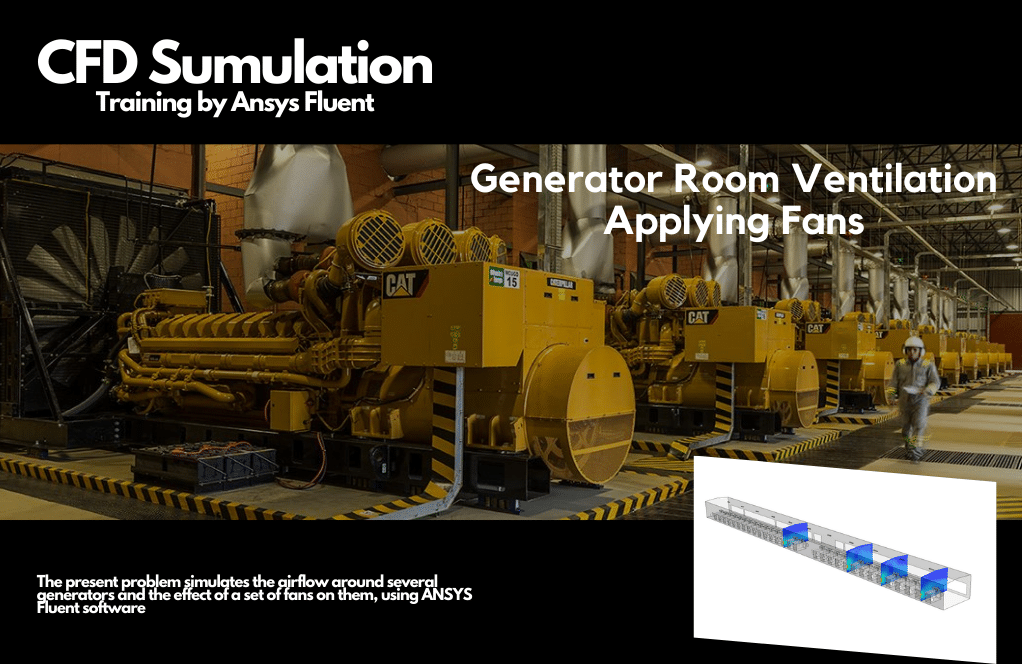
Reviews
There are no reviews yet.